Introduction
Scars are more than just skin deep—they're reminders of wounds, surgeries, acne, or other trauma. While mainstream treatments like silicone sheets or lasers are common, a growing number of people are embracing traditional, natural remedies. One such powerful remedy is tallow—a nutrient-dense, rendered animal fat used for generations to nourish and repair the skin.
In this article, we’ll explore the science, practical application, and real-world success of using tallow for scars, with links to before-and-after photos, peer-reviewed research, and dermatologist insights.
Understanding Scars and the Skin Healing Process
Scars form as a result of the skin healing from damage. Depending on the depth, size, and location of the wound—as well as genetics and care—scars can vary in visibility and type.
Types of Scars
- Hypertrophic: Raised scars confined to the wound area
- Keloid: Raised scars that spread beyond the original wound
- Atrophic: Indented scars, often caused by acne or chickenpox
- Contracture: Often from burns, these tighten the skin
The skin heals in four stages: hemostasis, inflammation, proliferation, and remodeling. Tallow supports this entire process, especially in strengthening the skin barrier and reducing inflammation.
What Is Tallow?
Tallow is a rendered form of beef or lamb fat, rich in vitamins A, D, E, and K, plus fatty acids like CLA and palmitoleic acid. It mimics human sebum, making it a gentle, deeply penetrating moisturizer.
Why Grass-Fed Matters
Grass-fed tallow contains more nutrients, antioxidants, and omega-3 fatty acids. Always choose organic, grass-fed sources for maximum benefits.
The Science Behind Tallow for Skin Health
Studies show that lipid-rich emollients accelerate wound healing and improve skin barrier function. Tallow is particularly effective because it’s structurally similar to our skin oils.
- 🧪 Lipid-based therapy improved wound closure in chronic wounds (Study – NIH)
- 📚 Animal fats outperform plant oils for skin barrier repair (Dermatologic Therapy)
Nutrients in Tallow That Heal Scars
- Vitamin A: Stimulates collagen and regeneration
- Vitamin D: Anti-inflammatory and immune-boosting
- Vitamin E: Antioxidant that softens and fades scars
- Vitamin K: Reduces bruising and discoloration
- CLA + Palmitoleic acid: Antimicrobial and healing properties
Before and After Using Tallow
Real users and community members report visible improvements in scar appearance:
- Reddit user shared results after 6 weeks of using tallow for acne scars
- Instagram account @skinrenewed shows a surgical scar fading with tallow balm
- User reviews on CureZone highlight reduced burn scarring
A nourishing tallow balm enriched with healing herbs shows visible improvement in scar appearance—nature’s remedy for healthy skin regeneration.
How Tallow Helps Prevent Scars
- Reduces inflammation that leads to excessive collagen buildup
- Keeps skin hydrated and elastic during healing
- Protects the wound from bacteria and environmental stress
How to Use Tallow on Scars
- Apply to closed wounds or existing scars 1–2 times daily
- Use clean fingers or a spatula to massage into the skin
- Combine with helichrysum or frankincense essential oil for extra scar-healing power
- DIY balm recipe: Melt 2 tbsp tallow, 1 tsp beeswax, 5 drops essential oil. Store in a small tin.
Best Tallow Products for Scars
Choose products that are clean, transparent, and made from grass-fed tallow:
- 🧴 EatMyFace.co – Focused on scar repair and facial skincare
- 🧼 FATCO – Paleo-approved and clean ingredient formulas
- 🌿 Vintage Tradition – Classic, old-world tallow balms
Tallow vs. Other Scar Treatments
| Treatment | Pros | Cons |
| Tallow | Natural, affordable, deeply healing | Less clinical data |
| Silicone sheets | Backed by studies, flattens scars | Expensive, needs daily upkeep |
| Vitamin C serums | Brightens, boosts collagen | May irritate sensitive skin |
| Chemical peels | Removes surface layers | Harsh, downtime required |
Pro Tip: Use a vitamin C serum in the morning, tallow balm at night.
Acne Scars & Stretch Marks
- For acne scars: Apply after washing face nightly
- For stretch marks: Use on hips, belly, thighs 1–2x daily
- Instagram success: @ancestralskin documents postpartum stretch mark fading
- Forum reviews: HealingWell users share long-term tallow results
Potential Risks
- Patch test if you’re sensitive to animal products
- Not vegan-friendly
- May have a mild animal scent (look for versions with essential oils)
Dermatologists & Experts Say
- 🩺 “Tallow is bio-identical to our skin’s natural oils.” — Dr. Kate G., Functional Dermatologist
- 🥣 “Tallow supports skin, hormones, and barrier function.” — Lily Nichols, NTP
- 🌿 Well+Good estheticians highlight its low-irritation profile
Conclusion: Is Tallow the Natural Secret to Scar-Free Skin?
If you're seeking a natural remedy to heal scars without harsh chemicals, tallow is a nutrient-rich, ancestral solution worth trying. It's affordable, easy to apply, and backed by centuries of traditional use and emerging scientific support.
FAQs
Q1: Can I use tallow on fresh wounds?
Wait until the wound is fully closed before applying.
Q2: How long until I see results?
4–8 weeks of consistent use is typical.
Q3: Can it help surgical scars?
Yes—use after stitches are removed and the incision has sealed.
Q4: Beef or lamb tallow—what’s better?
Both are great; beef is more common and slightly richer.
Q5: What ingredients should I avoid in tallow balms?
Steer clear of parabens, synthetic fragrance, and artificial preservatives.
Learn about Eat My Face's commitment to the environment and clean, edible skincare here.



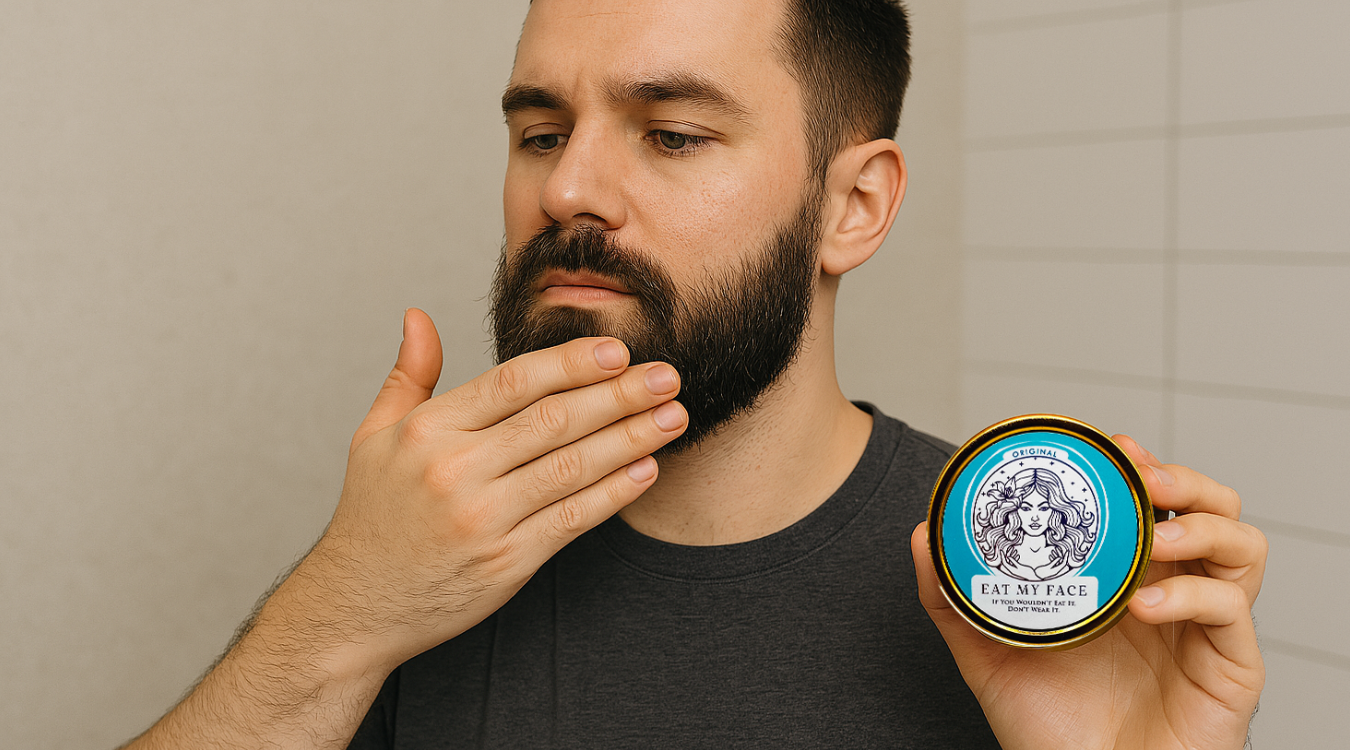

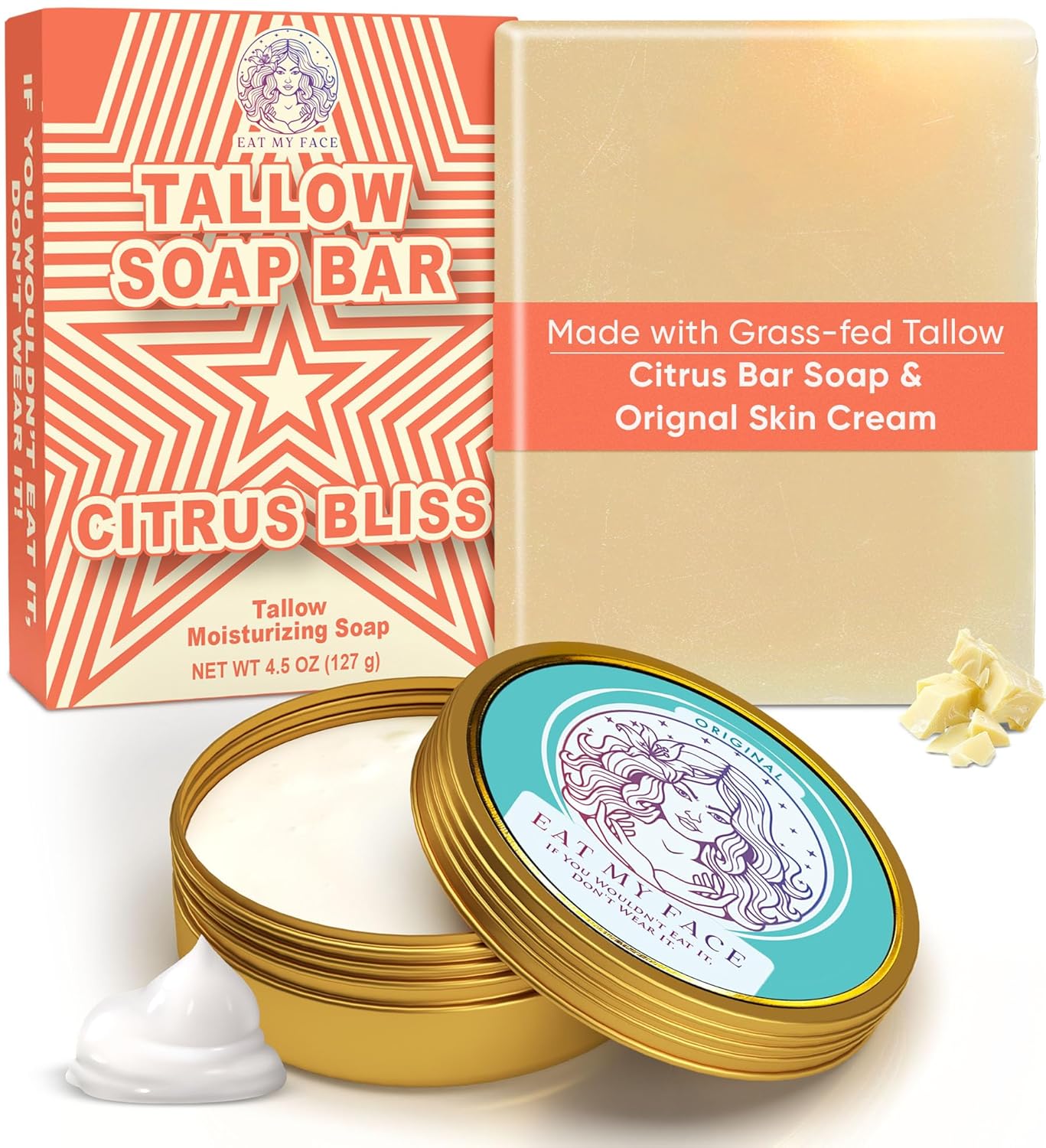
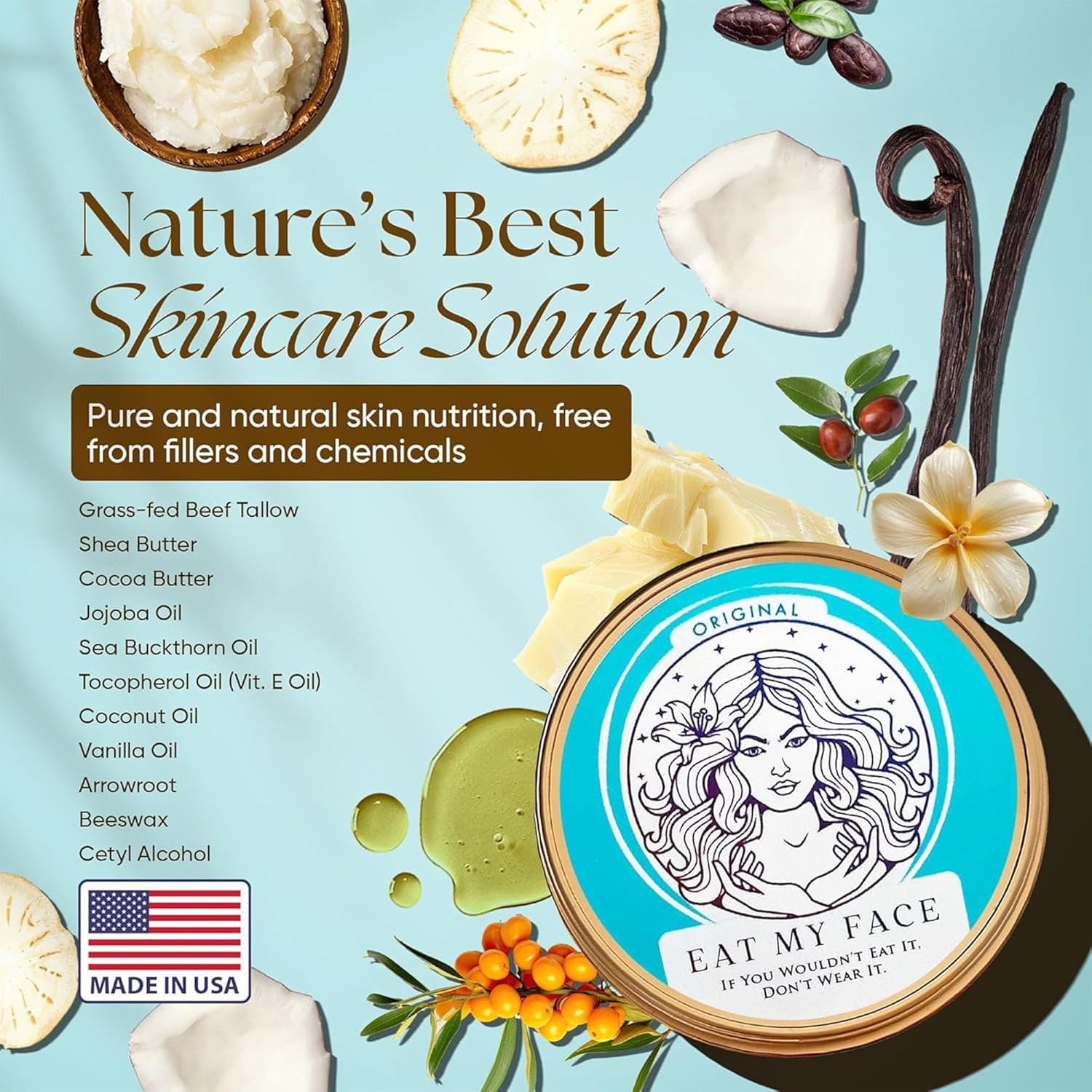

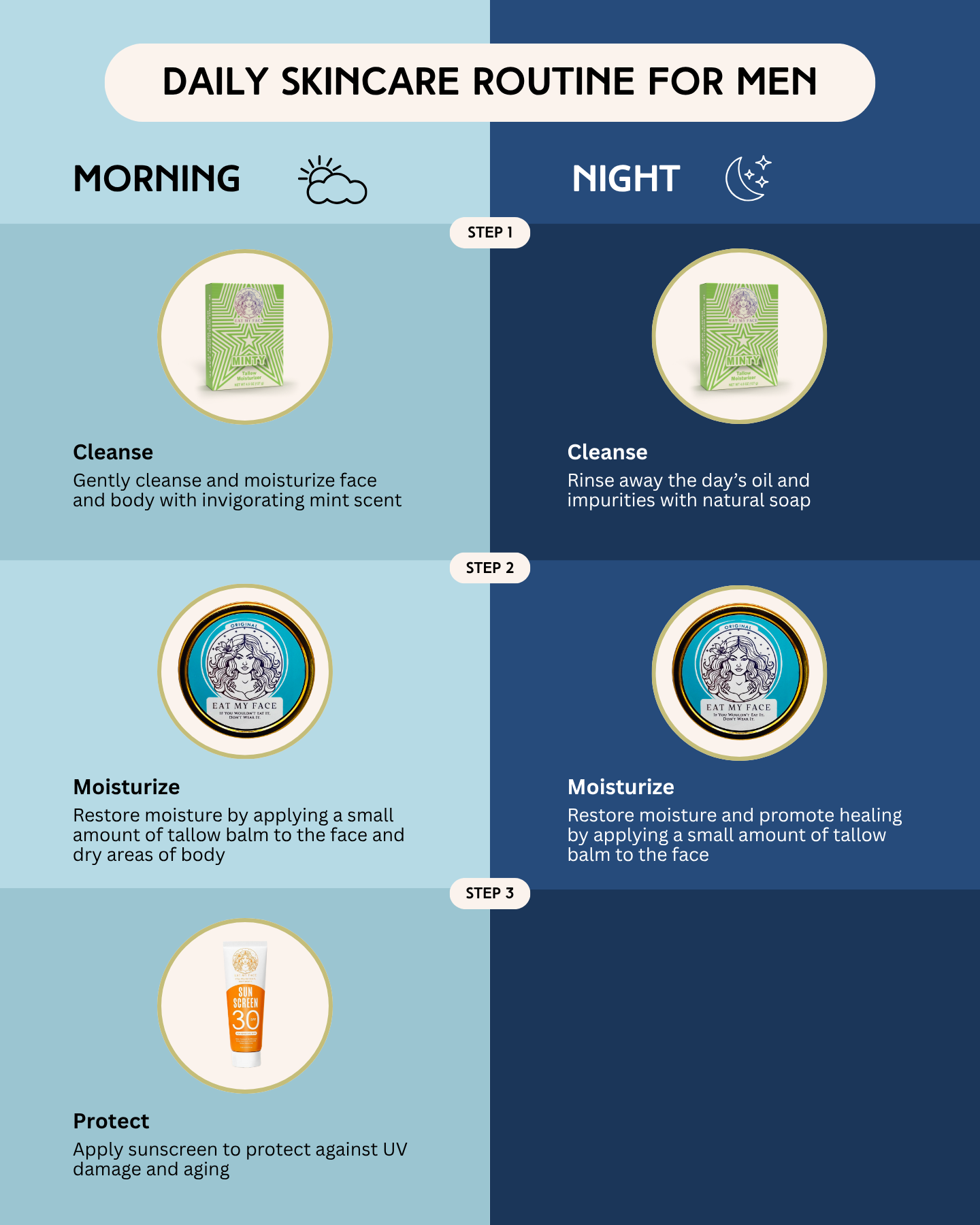
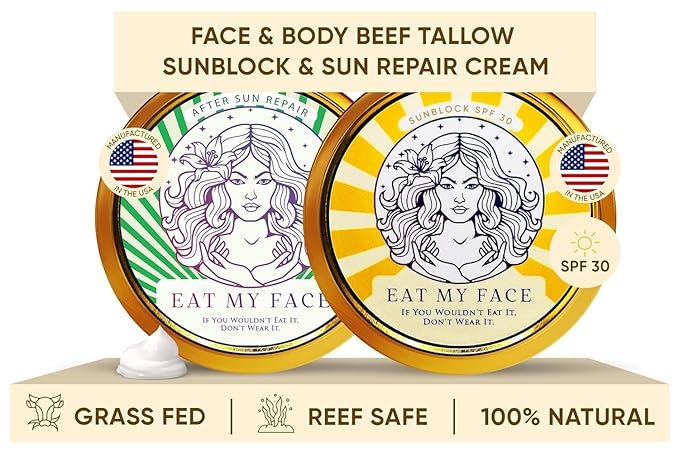
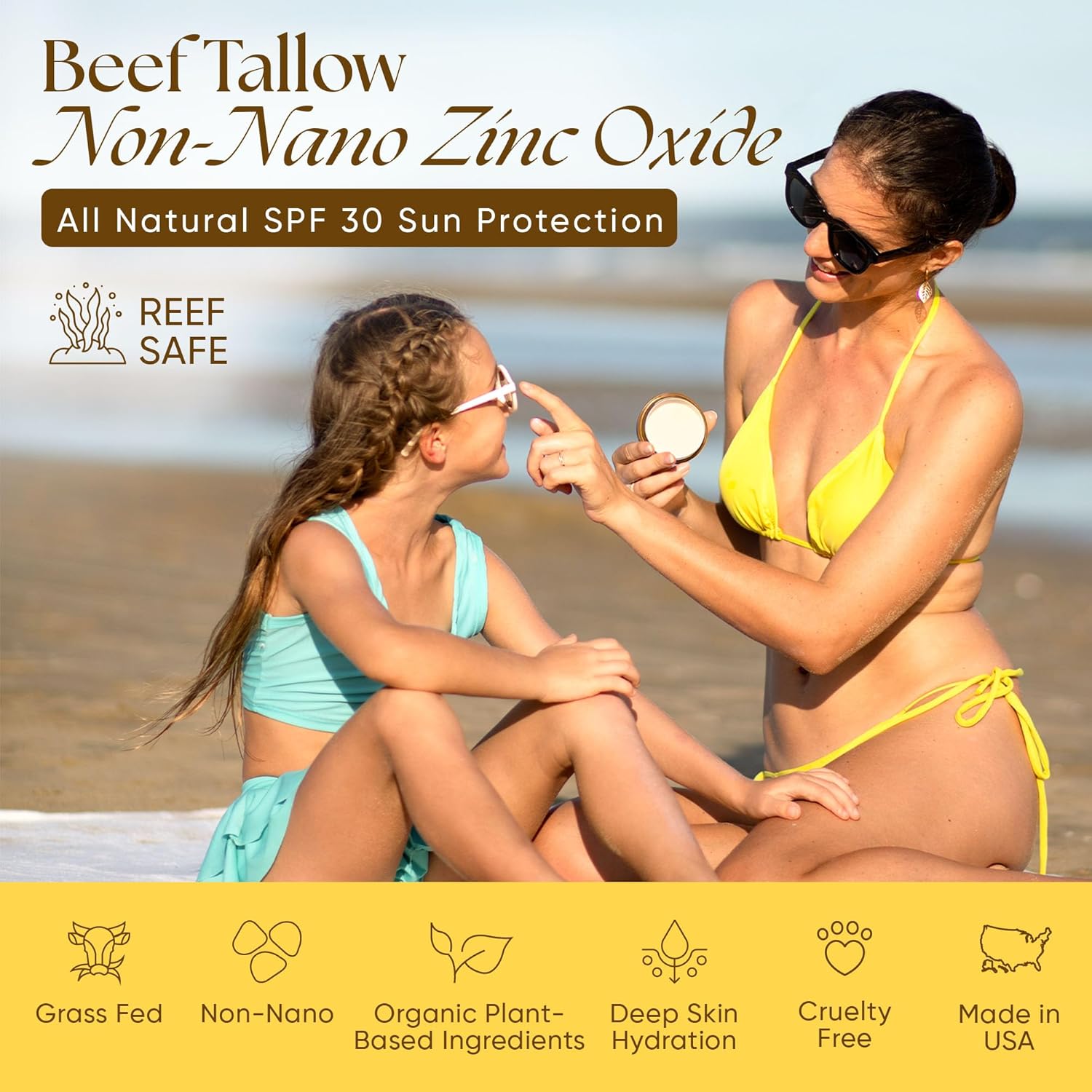
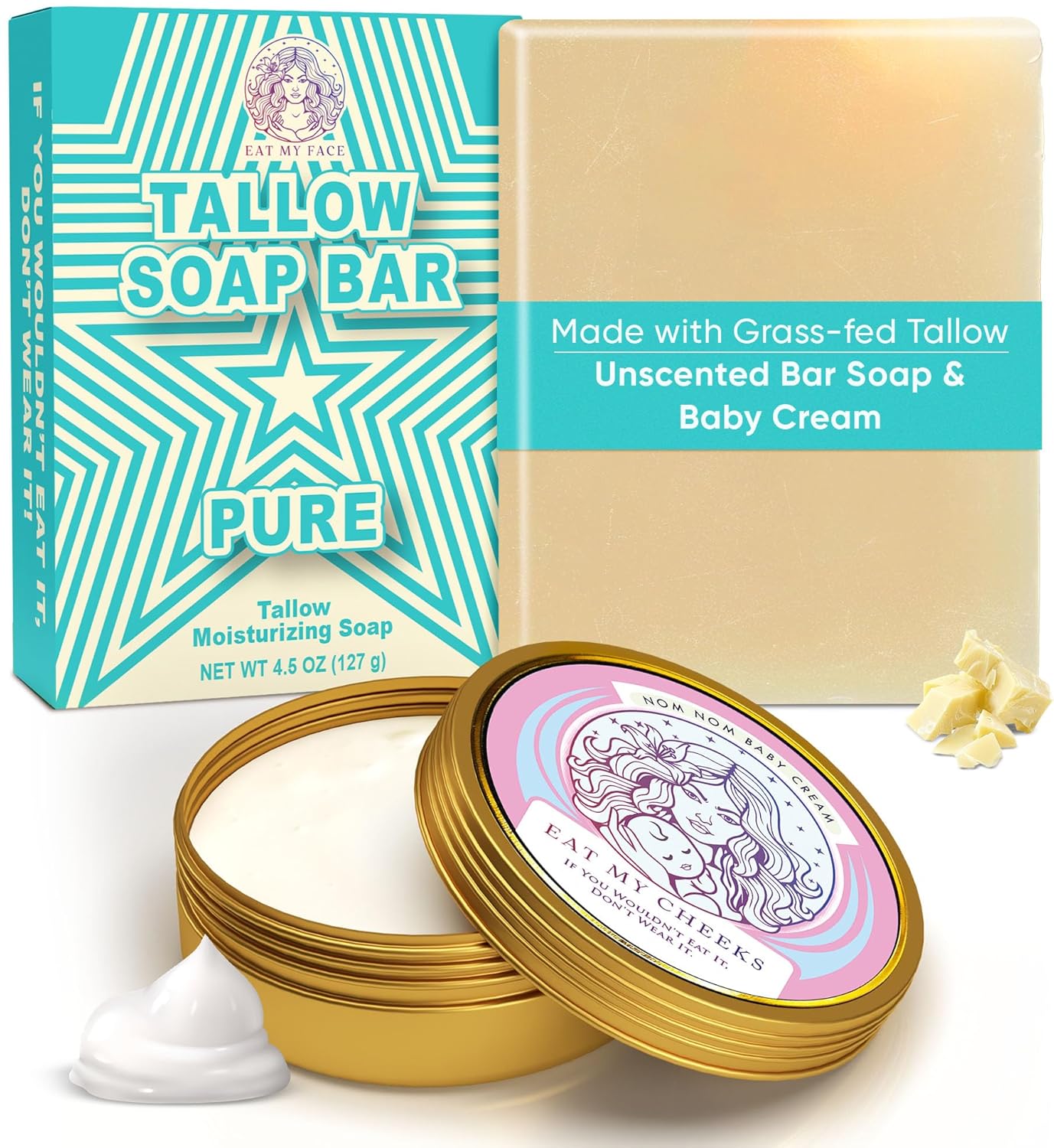
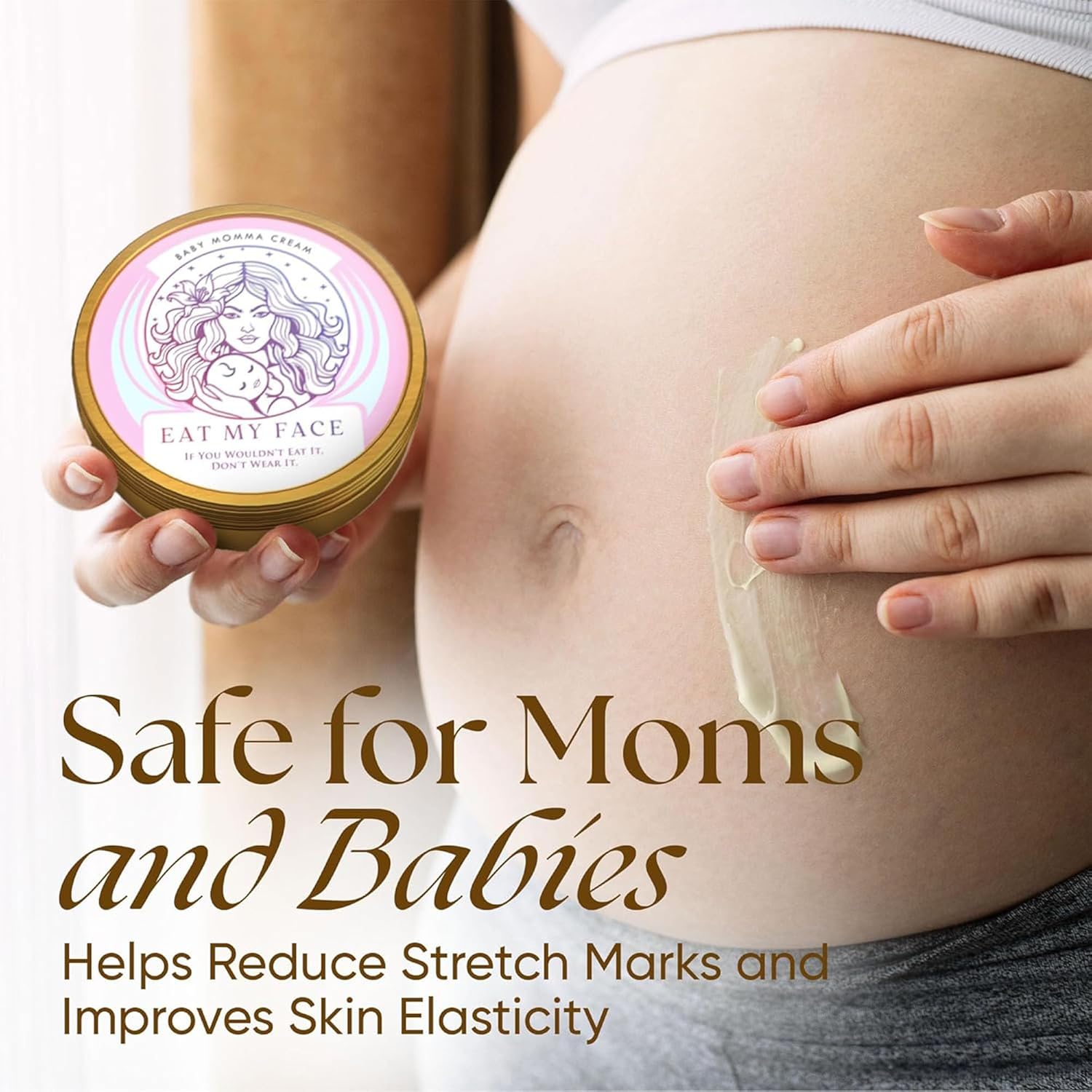
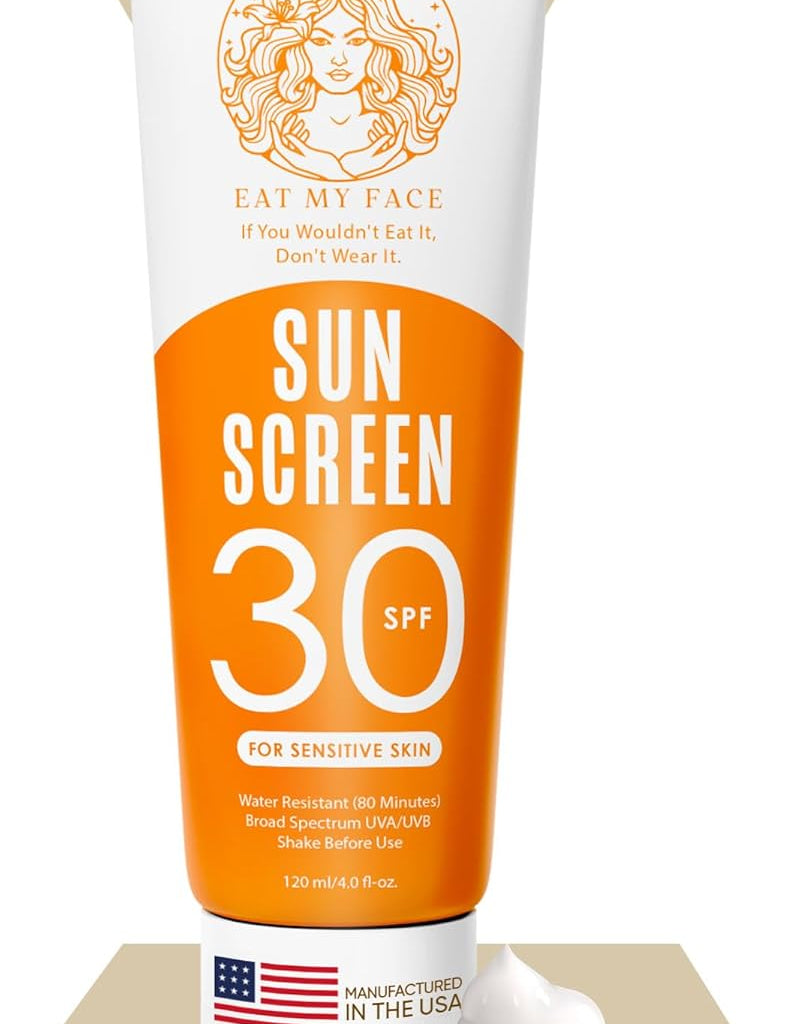

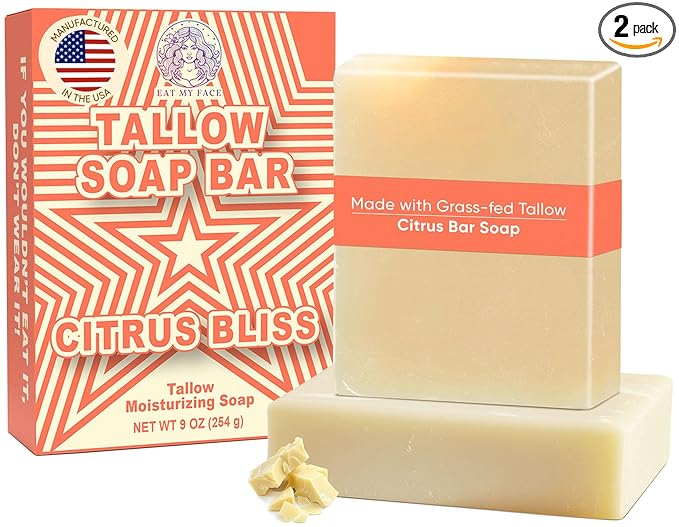
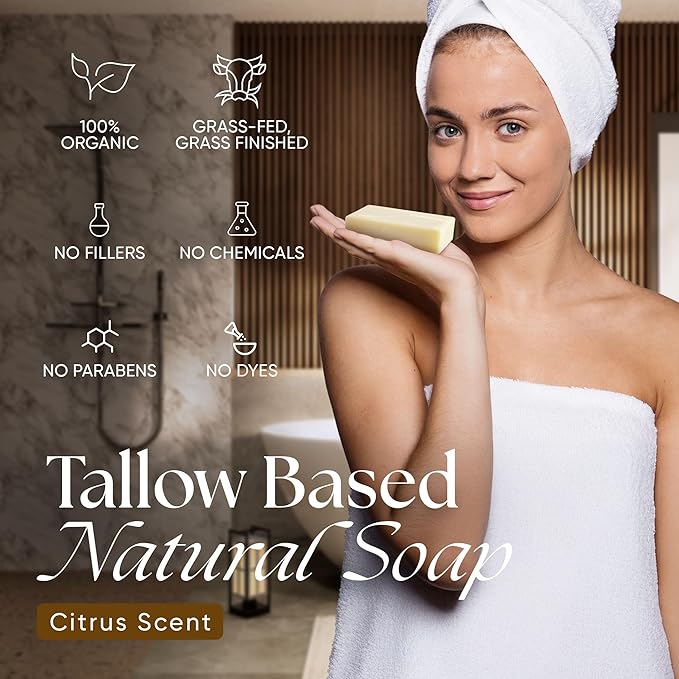
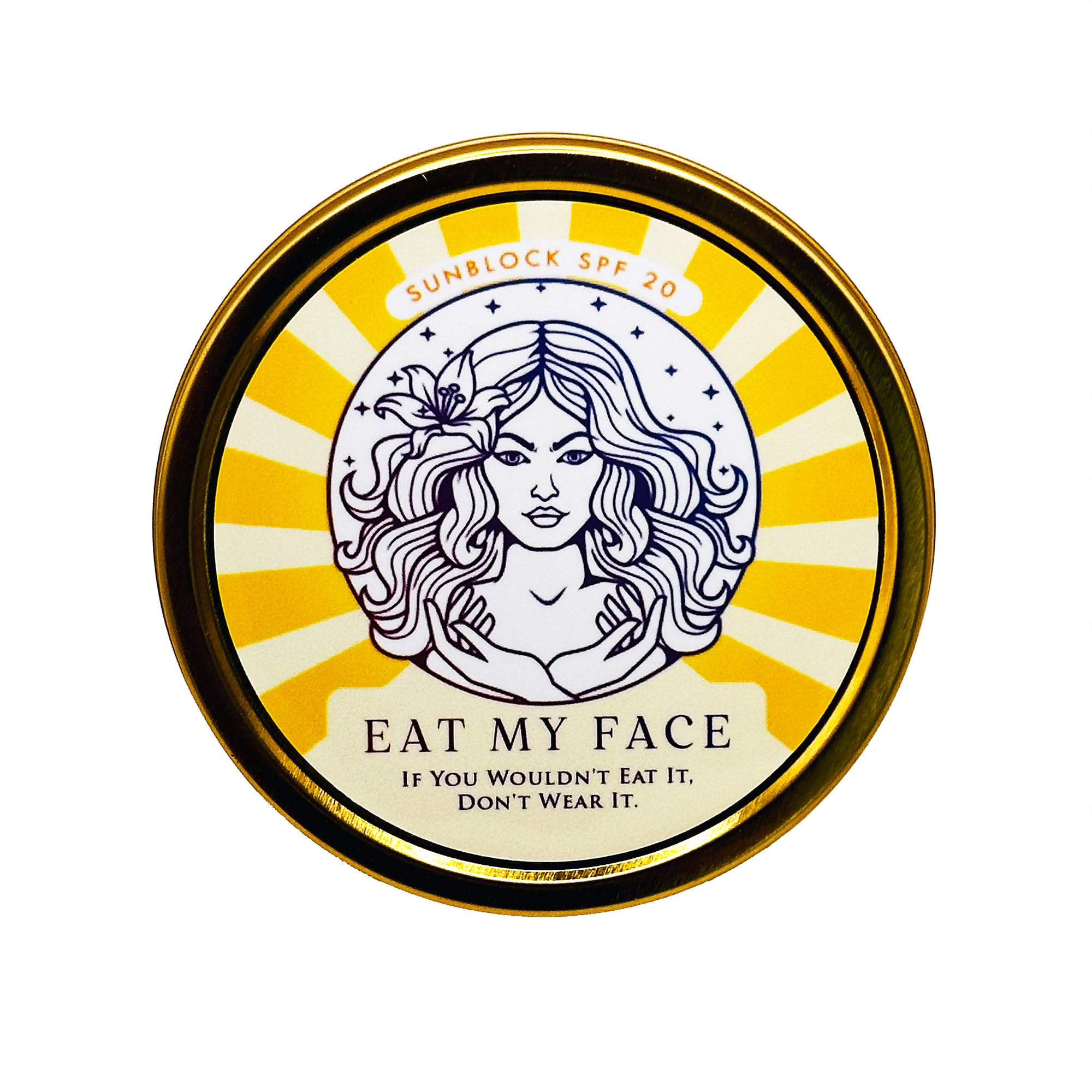
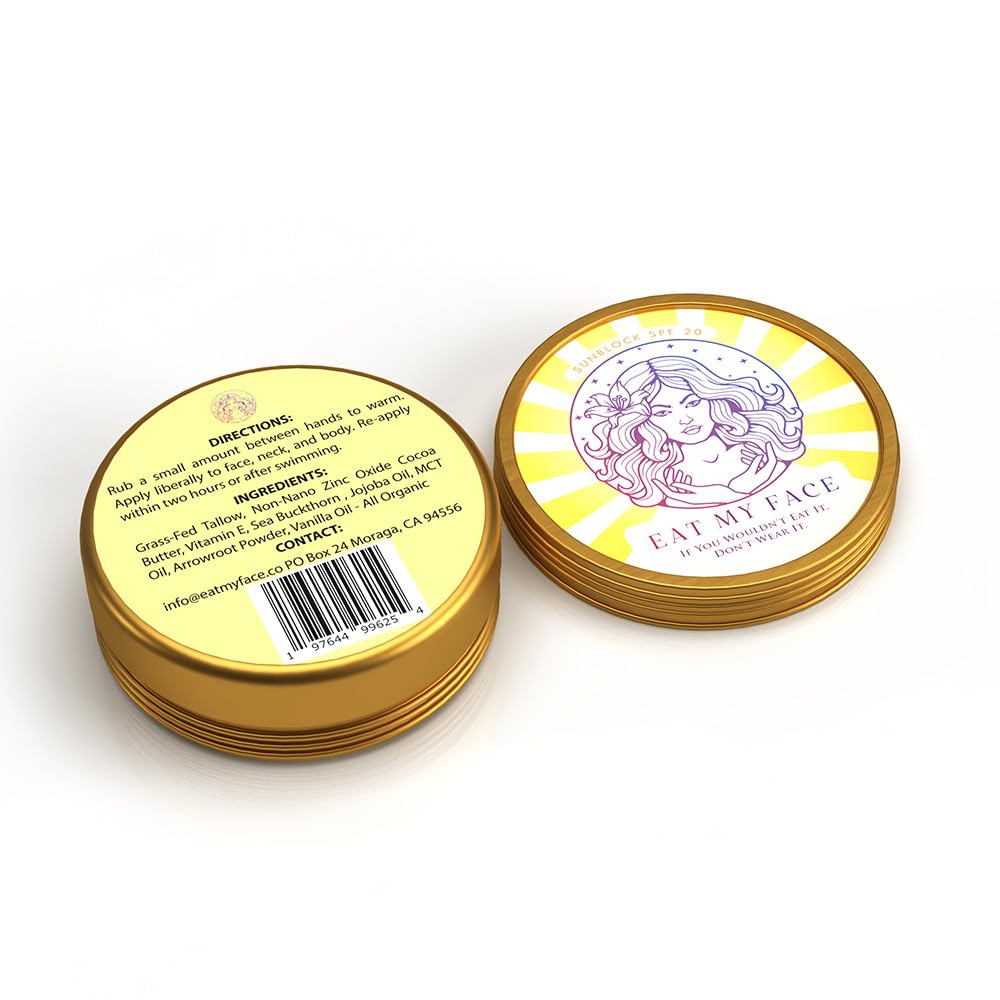
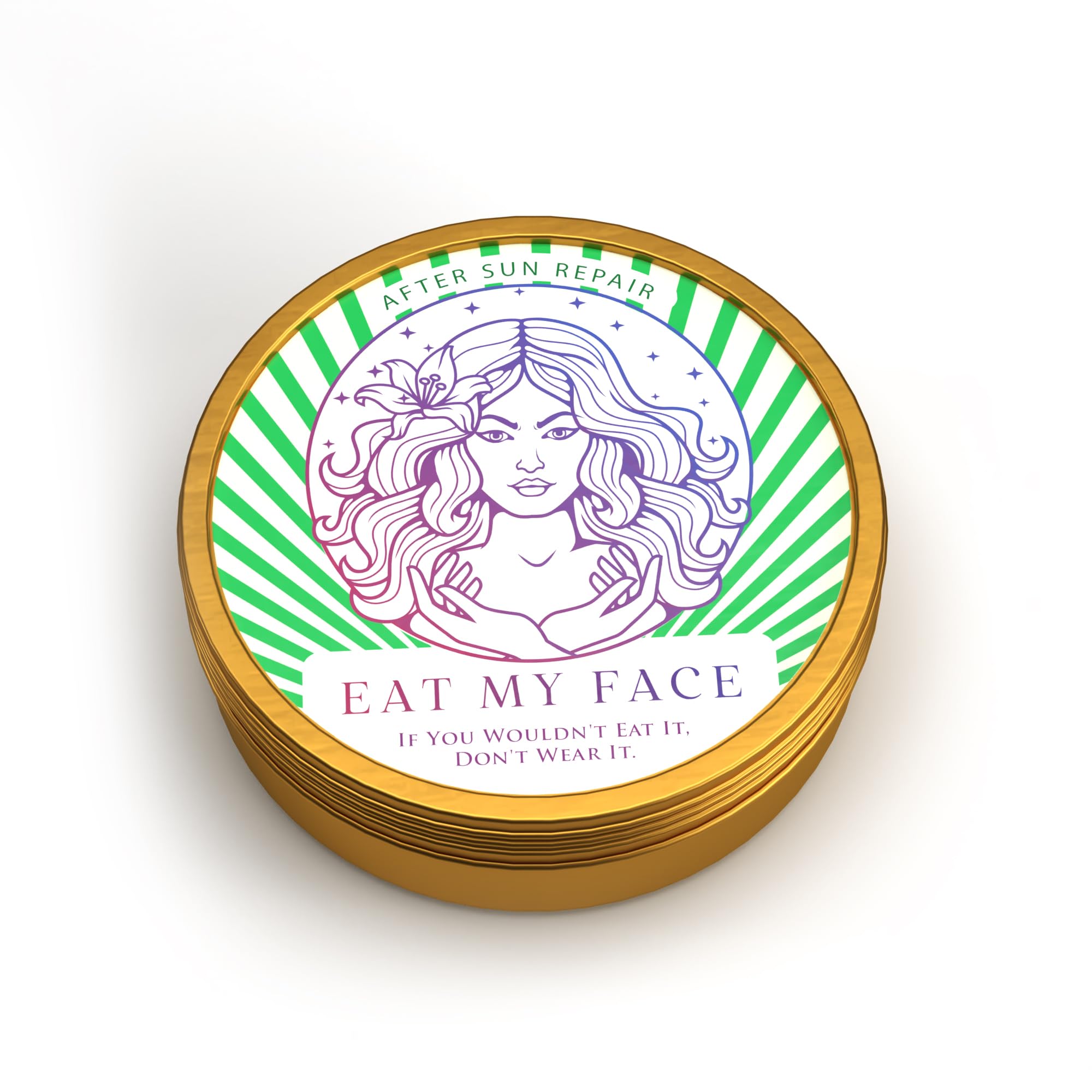
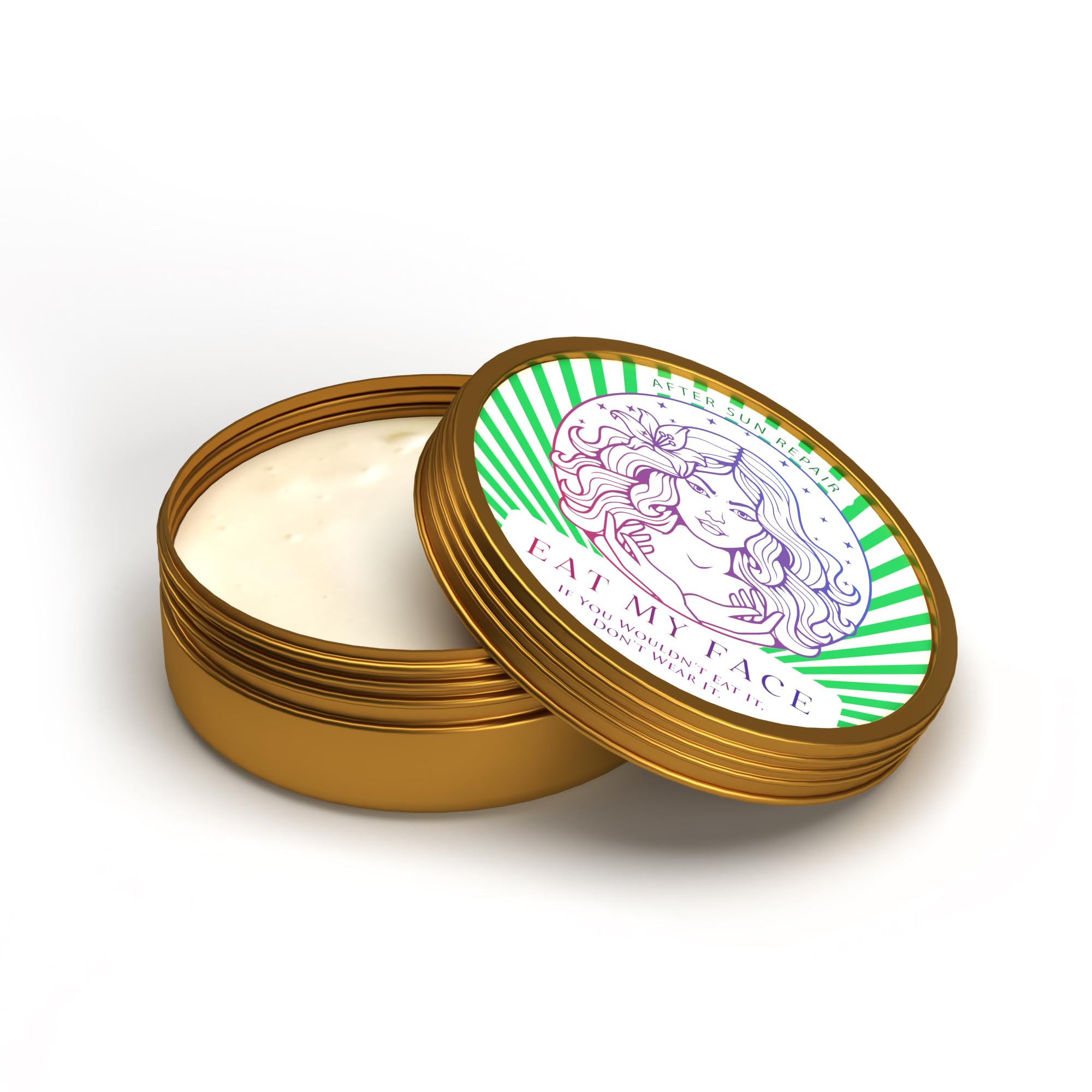
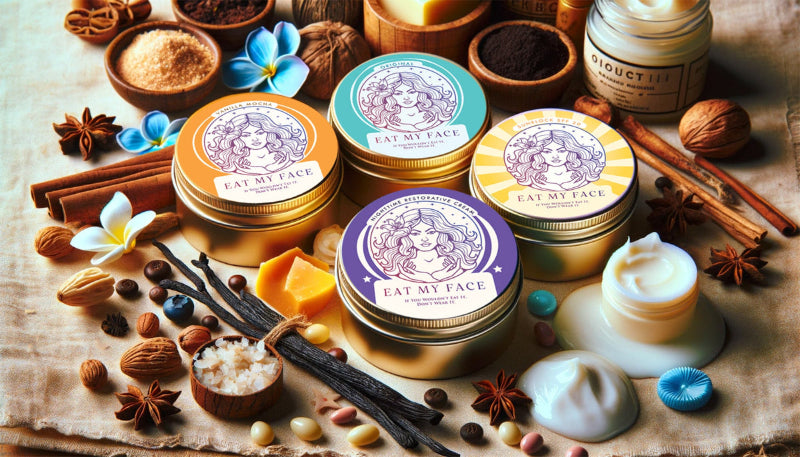
Great article